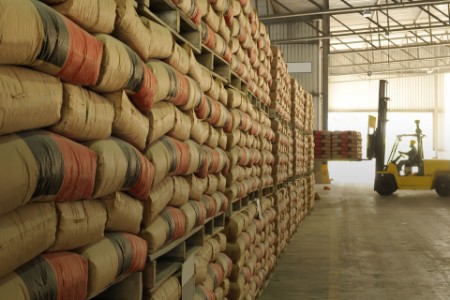Readiness for reporting
Preparing for CBAM reporting is a crucial task that companies should undertake. With the transitional phase commencing on 1 October 2023 and the first reporting deadline at the end of January next year, the CBAM-responsible business functions need to identify relevant data elements and their location within various systems. Assessing data quality, availability and extraction methods are key components of ensuring an efficient reporting process.
While the data items for CBAM reporting are typically straightforward – for example, emissions data, carbon price paid in a third country, commodity codes – gaps may still arise. In cases where data gaps exist or certain data elements are unavailable, companies should establish robust processes to address, involving suppliers and other stakeholders, as required.
CBAM's implementation challenges can vary widely based on a company's portfolio of CBAM-impacted import products, data availability and quality and the customs import structure. The process can be relatively straightforward for companies with centralized enterprise resource planning systems and robust data quality. However, the designated CBAM responsible leaders should assess their company's specific circumstances, considering factors such as the number of ERP systems, data scattering and data accessibility, to tailor their CBAM implementation strategies accordingly.
Collaboration and competition
Navigating CBAM successfully will require collaboration among various departments within a company. The designated CBAM responsible leaders, including the tax function, which is often responsible for customs, should take the lead in coordinating efforts and fostering cross-functional collaboration.
Addressing tax considerations maintains compliance and increases tax efficiency in the new operational framework. CBAM can be an opportunity for the final push needed to improve operations, eliminate inefficiencies and streamline compliance. While percentages vary among companies, the impending CBAM regulations could be the decisive factor for initiating these changes. “Companies with numerous entities across Europe face the burden of complying with reporting requirements for each entity, highlighting inefficiencies,“ adds Albert.
Considering these operational changes, CBAM may be a catalyst for legal entity simplification. Furthermore, to accelerate decarbonization efforts (while simultaneously mitigating CBAM costs), businesses may look to reimagine supply chains toward less emission-intensive products or processes. This may involve changing product components, suppliers or supply routes. Tax departments therefore play a vital role in restructuring discussions, considering tax implications arising from function reallocation and entity realignment especially for companies having a large CBAM impact.
CBAM should not be seen as merely a compliance burden but should be viewed as a structure which incentivizes companies to reduce their carbon footprint proactively. By leveraging CBAM to shape their strategies, business leaders can guide their companies towards a sustainable future, capitalizing on market differentiators and positively influencing the environment. "CBAM is a huge potential opportunity for companies who have already begun their decarbonization journey. They will have a real competitive advantage in the market, while both reducing costs and demonstrating their commitment to sustainability," says Albert.
Tax functions can guide the company through the CBAM landscape by staying vigilant for developments beyond the EU as other regions contemplate similar policies. Tax leaders together with the CBAM responsible functions, can maintain compliance, enhance operations and drive sustainable growth by focusing on reporting readiness and collaboration and positioning their companies for success in the CBAM era. All this while driving meaningful global change in their supply chains.
Related content
Summary
Companies that are not prepared for CBAM could face significant compliance challenges. Tax leaders can help their companies prepare for CBAM by understanding the requirements, assessing the potential impact on their operations, developing a compliance plan and be part of driving supply chain and product changes on the road to a more sustainable and lower cost business.


